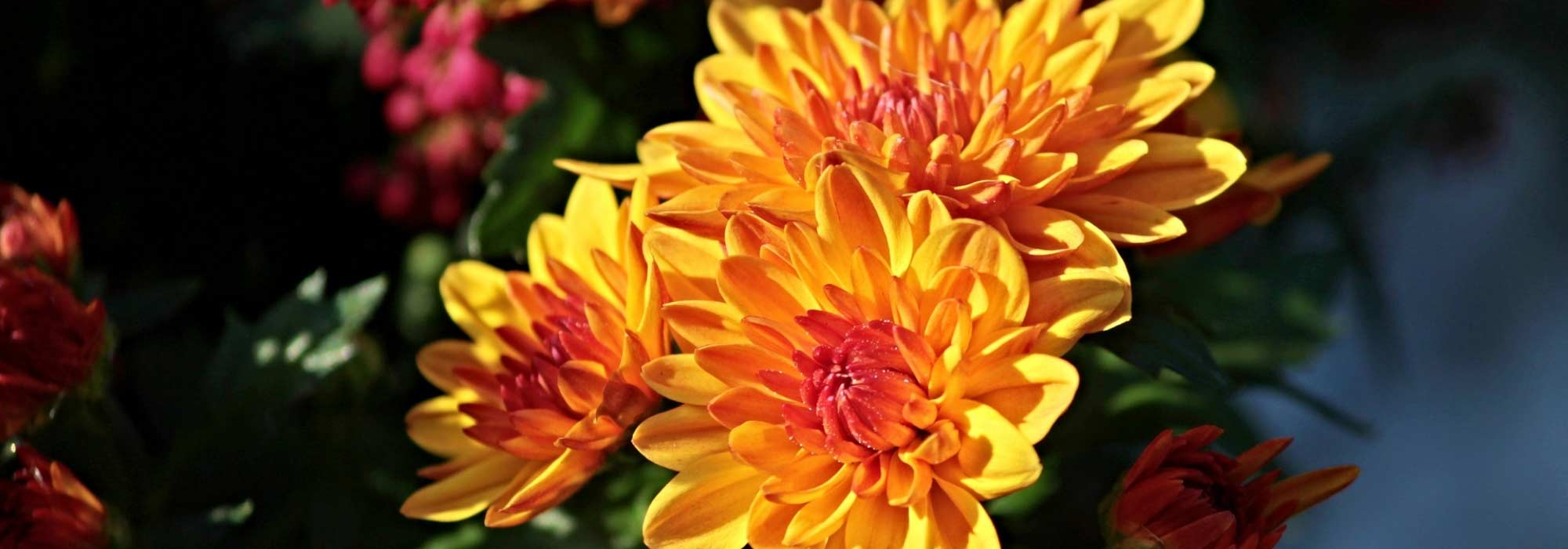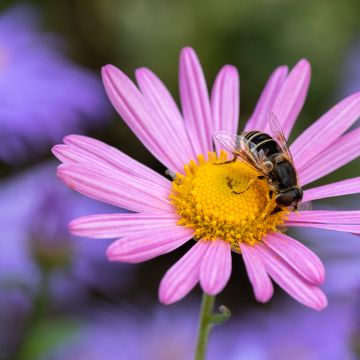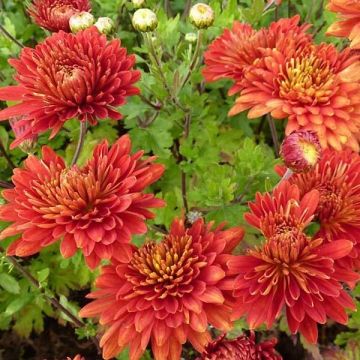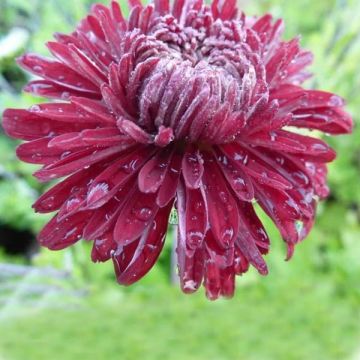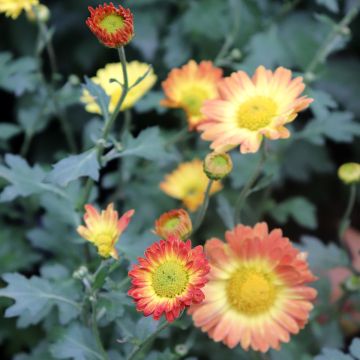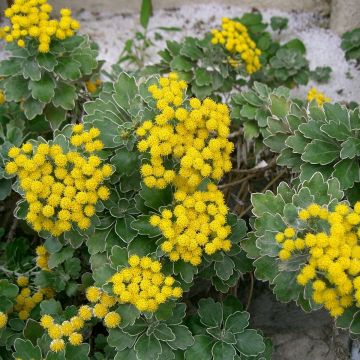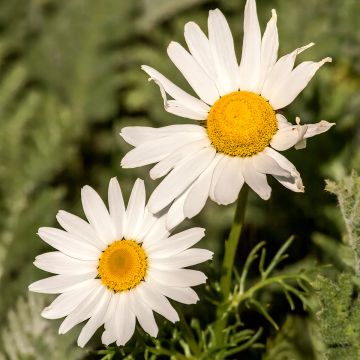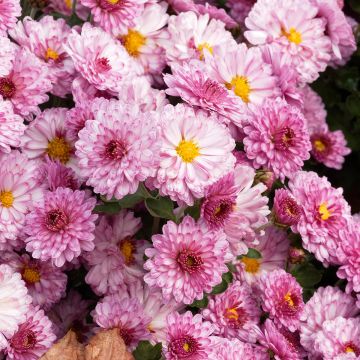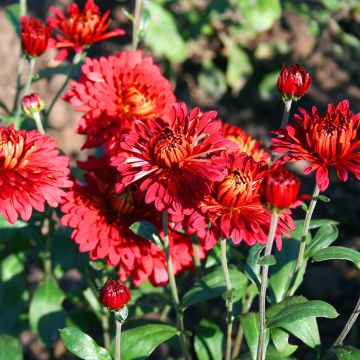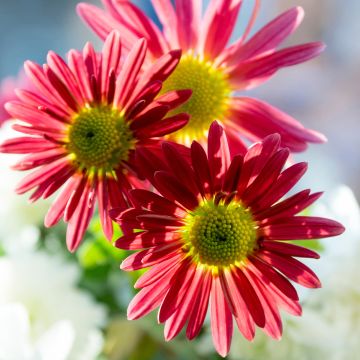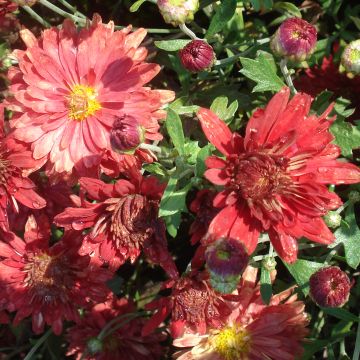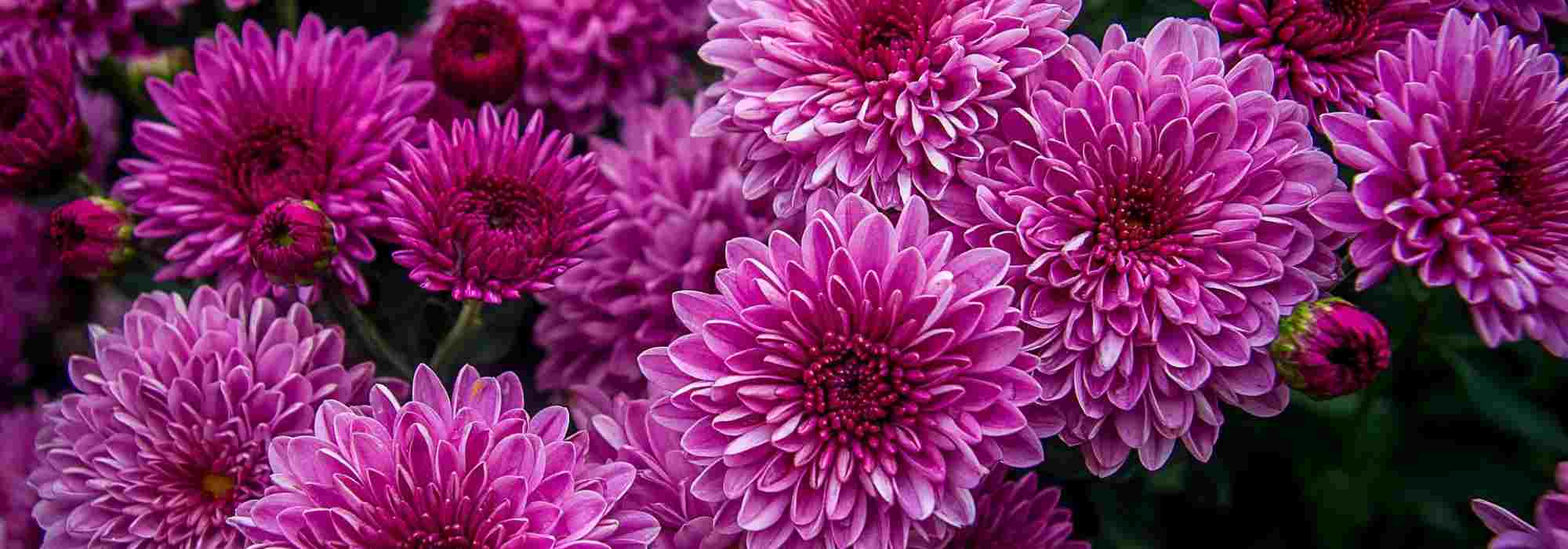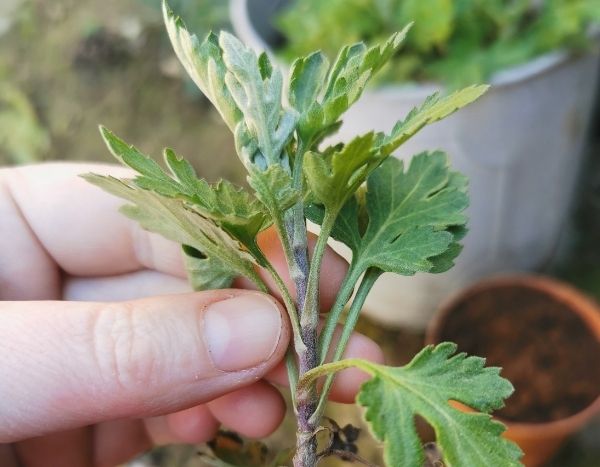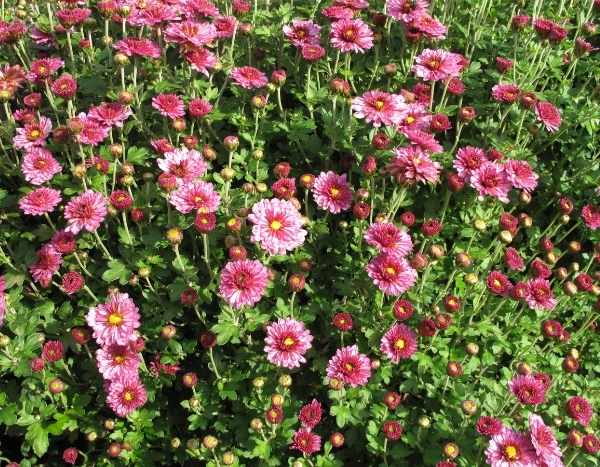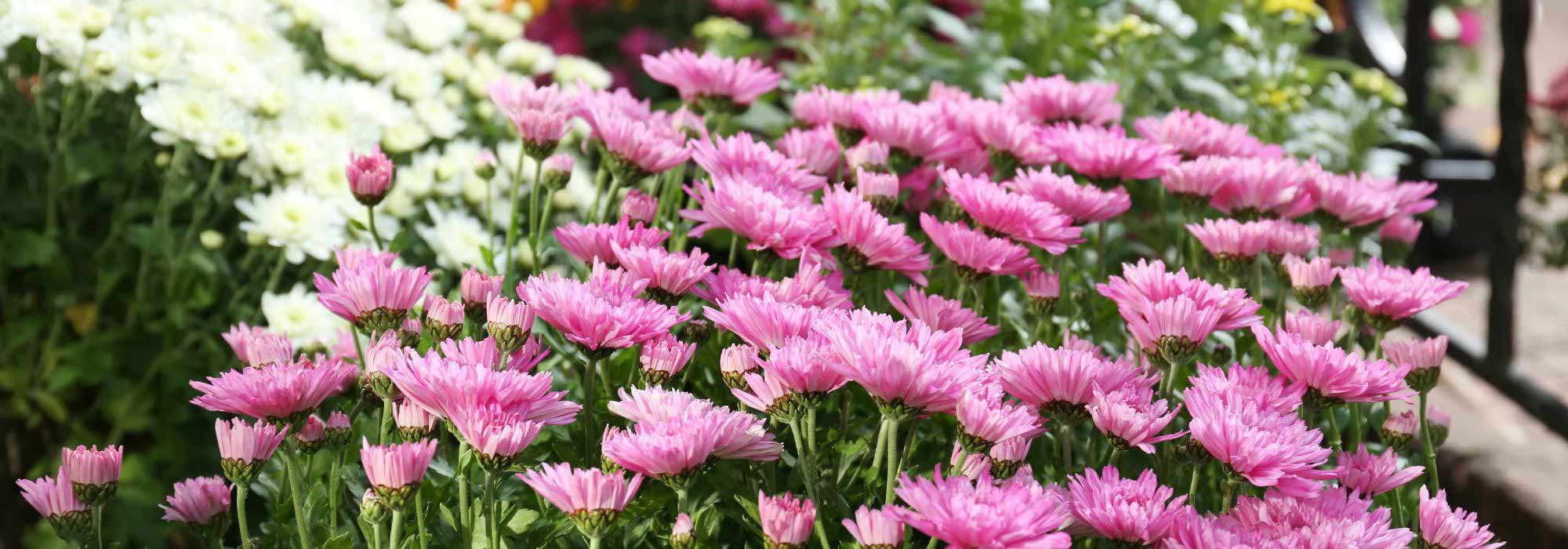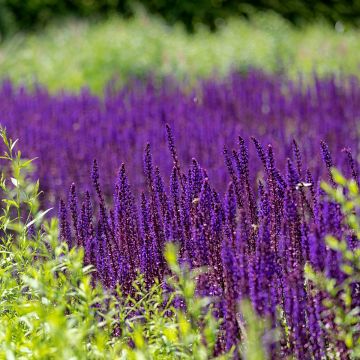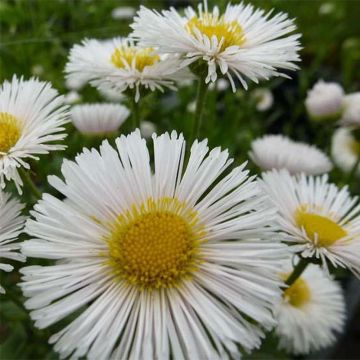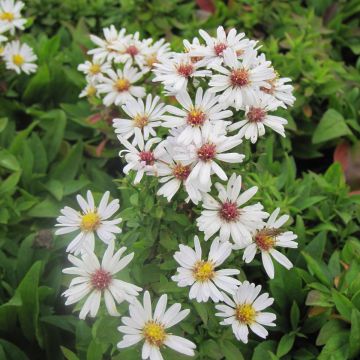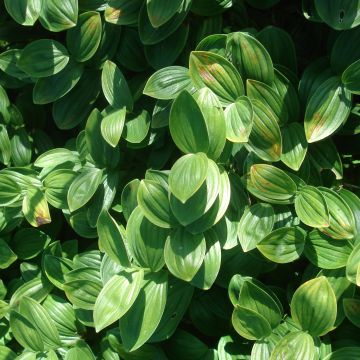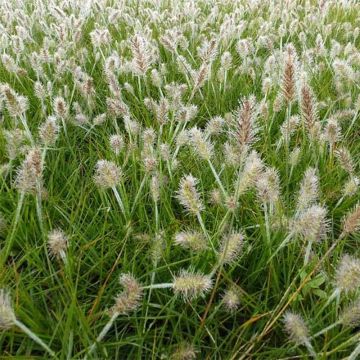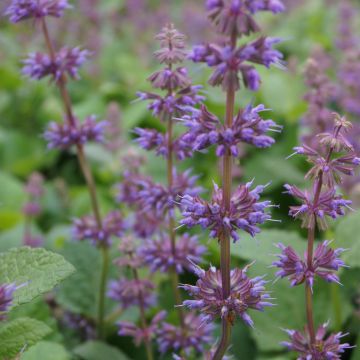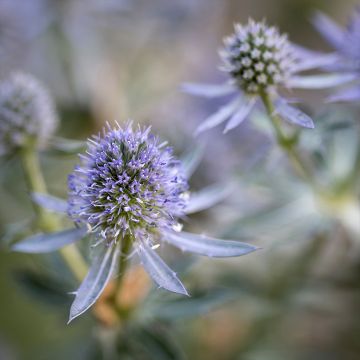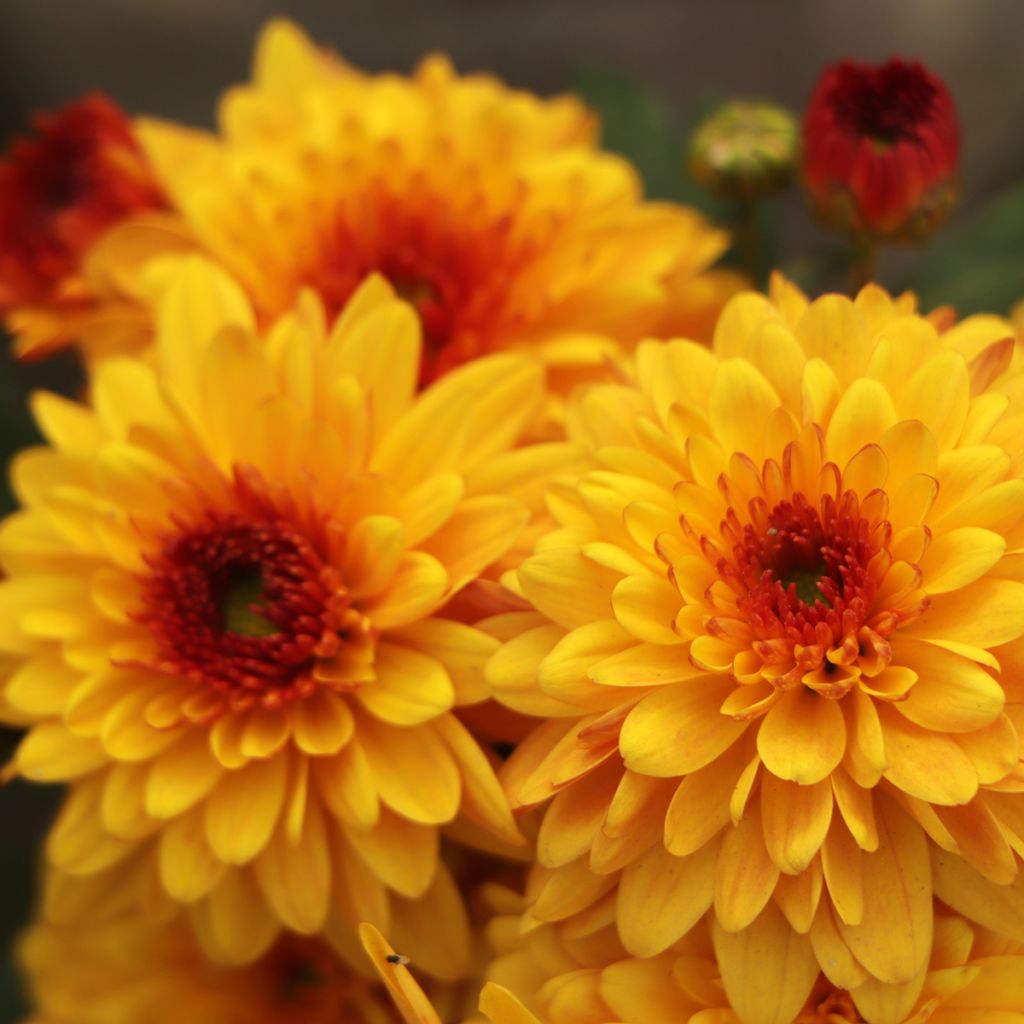

Chrysanthemum indicum Bienchen
Chrysanthemum indicum Bienchen
Chrysanthemum x indicum Bienchen
Garden Mum, Indian Chrysanthemum, Florist's Daisy
The chrysanthemums arrived well packaged. They are starting to shoot. I hope to get a good result. Fast shipping.
Nath, 22/08/2025
Special offer!
Receive a €20 voucher for any order over €90 (excluding delivery costs, credit notes, and plastic-free options)!
1- Add your favorite plants to your cart.
2- Once you have reached €90, confirm your order (you can even choose the delivery date!).
3- As soon as your order is shipped, you will receive an email containing your voucher code, valid for 3 months (90 days).
Your voucher is unique and can only be used once, for any order with a minimum value of €20, excluding delivery costs.
Can be combined with other current offers, non-divisible and non-refundable.
Home or relay delivery (depending on size and destination)
Schedule delivery date,
and select date in basket
This plant carries a 12 months recovery warranty
More information
We guarantee the quality of our plants for a full growing cycle, and will replace at our expense any plant that fails to recover under normal climatic and planting conditions.

Does this plant fit my garden?
Set up your Plantfit profile →
Description
Chrysanthemum x indicum 'Bienchen' is a bush chrysanthemum in the same vein as the excellent 'Mei Kyo', in a yellow-orange version. It is a compact, hardy plant, very resistant, with exemplary generosity, which at the end of the season produces a multitude of small flower heads in shades of ancient gold and coppery orange. It requires no staking, withstands heat perfectly, and is content with very little. An excellent choice for creating brightly coloured beds or radiant pots, very decorative between late summer and autumn, at a time of year when flowers become more scarce.
Chrysanthemum x indicum is an herbaceous perennial plant with a woody rhizomatous base, belonging to the Asteraceae family. It is a hybrid obtained by cross-breeding different species native to East Asia (Chysanthemum indicum) and Siberia (C.zawadskii). This excellent cultivar 'Bienchen' eventually forms a dense and rounded bush, 50-60 cm (20-24in) tall and wide, composed of solid, branched, leafy stems that become woody at the base. Its growth is quite rapid. Flowering occurs from September to late October-early November. This chrysanthemum produces numerous small flowers organised in heads, well double, reaching 2-3 cm (1in) in diameter, grouped in small clusters at the top of the leafy stems. The disc is a bright dark yellow; the ligules on the periphery, fine and very numerous, change colour as they bloom. At first the heads are a bright yellow, gradually becoming darker yellow, with the centre becoming more orange or even coppery. The overall effect creates an incredibly colourful bouquet on the plant. The leaves are small, resembling miniature oak leaves. Triangular to ovate in shape, they have several lobes. Toothed at the edges, their colour is a slightly dull dark grey-green, and they are hairy underneath. The aerial vegetation is deciduous, drying out in winter and regrowing in spring. Its long-lasting stump will live for a long time in the garden.
Garden chrysanthemums offer immense worth during a somewhat nostalgic time of year, and their colours harmonise remarkably well with those of autumn. They can be associated with asters, of course, by choosing complementary or matching colours. Their flowering coincides with that of shrubby salvias and other gauras. These perennials blend particularly well with grasses such as stipa, small miscanthus, Muhlenbergia capillaris, and foxtail barley (Hordeum jubatum). They are easily grown in pots to adorn balconies and terraces and provide excellent cut flowers.
Chrysanthemum indicum Bienchen in pictures
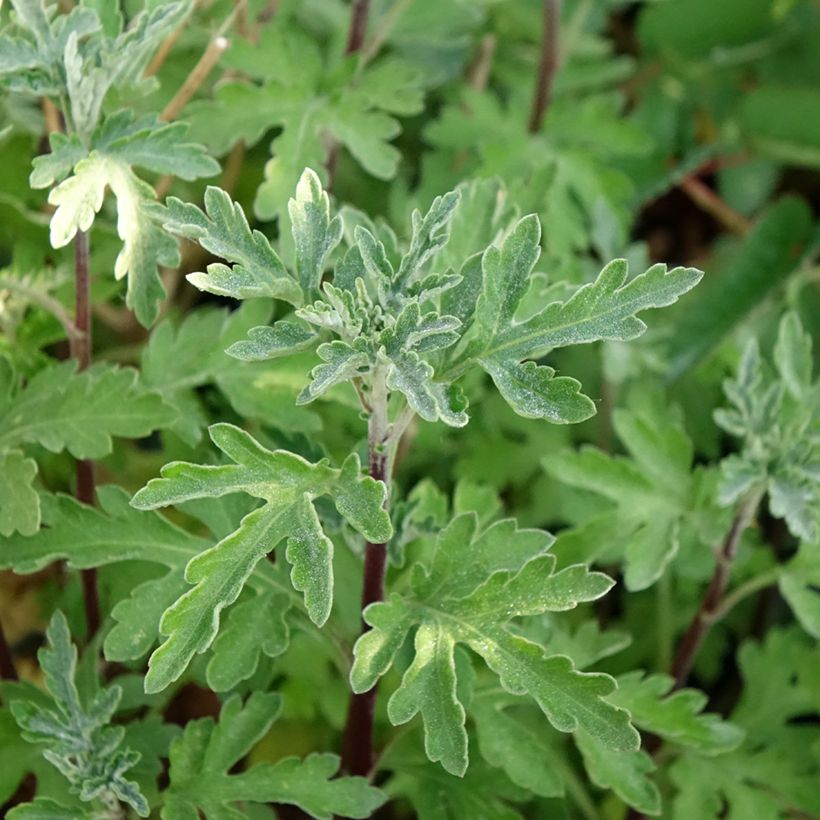

Flowering
Foliage
Plant habit
Botanical data
Chrysanthemum
x indicum
Bienchen
Asteraceae
Garden Mum, Indian Chrysanthemum, Florist's Daisy
Cultivar or hybrid
Other Chrysanthemum
View all →Planting and care
Garden chrysanthemums generally require a sunny site with well-worked ordinary soil, slightly acidic, neutral or slightly alkaline, rather fertile, not too dry to moist. They are hardy to at least -15°C (5°F). Note that this Bienchen variety is a robust and tolerant plant that can withstand fairly poor soils and resist summer drought well. It is naturally compact and does not require staking. It is a plant that requires no maintenance once well established, except for pruning dry stems in early spring.
To maintain a compact habit the stems can be shortened in spring to 30 cm (12in), which will force the plant to branch out. A second pinch in the summer will result in a greater number of small flowers. Some unpruned varieties may require staking or support. Water two or three times a week and apply a liquid fertiliser for flowering plants every eight days starting from July until the buds start to colour. Garden chrysanthemums perform quite well in partial shade in a warm climate, even in occasionally dry soil, as long as it is deep. They have few pests and diseases, except for attacks by gastropods in spring.
Planting period
Intended location
Care
Planting & care advice
-
, onOrder confirmed
Reply from on Promesse de fleurs
Similar products
Haven't found what you were looking for?
Hardiness is the lowest winter temperature a plant can endure without suffering serious damage or even dying. However, hardiness is affected by location (a sheltered area, such as a patio), protection (winter cover) and soil type (hardiness is improved by well-drained soil).

Photo Sharing Terms & Conditions
In order to encourage gardeners to interact and share their experiences, Promesse de fleurs offers various media enabling content to be uploaded onto its Site - in particular via the ‘Photo sharing’ module.
The User agrees to refrain from:
- Posting any content that is illegal, prejudicial, insulting, racist, inciteful to hatred, revisionist, contrary to public decency, that infringes on privacy or on the privacy rights of third parties, in particular the publicity rights of persons and goods, intellectual property rights, or the right to privacy.
- Submitting content on behalf of a third party;
- Impersonate the identity of a third party and/or publish any personal information about a third party;
In general, the User undertakes to refrain from any unethical behaviour.
All Content (in particular text, comments, files, images, photos, videos, creative works, etc.), which may be subject to property or intellectual property rights, image or other private rights, shall remain the property of the User, subject to the limited rights granted by the terms of the licence granted by Promesse de fleurs as stated below. Users are at liberty to publish or not to publish such Content on the Site, notably via the ‘Photo Sharing’ facility, and accept that this Content shall be made public and freely accessible, notably on the Internet.
Users further acknowledge, undertake to have ,and guarantee that they hold all necessary rights and permissions to publish such material on the Site, in particular with regard to the legislation in force pertaining to any privacy, property, intellectual property, image, or contractual rights, or rights of any other nature. By publishing such Content on the Site, Users acknowledge accepting full liability as publishers of the Content within the meaning of the law, and grant Promesse de fleurs, free of charge, an inclusive, worldwide licence for the said Content for the entire duration of its publication, including all reproduction, representation, up/downloading, displaying, performing, transmission, and storage rights.
Users also grant permission for their name to be linked to the Content and accept that this link may not always be made available.
By engaging in posting material, Users consent to their Content becoming automatically accessible on the Internet, in particular on other sites and/or blogs and/or web pages of the Promesse de fleurs site, including in particular social pages and the Promesse de fleurs catalogue.
Users may secure the removal of entrusted content free of charge by issuing a simple request via our contact form.
The flowering period indicated on our website applies to countries and regions located in USDA zone 8 (France, the United Kingdom, Ireland, the Netherlands, etc.)
It will vary according to where you live:
- In zones 9 to 10 (Italy, Spain, Greece, etc.), flowering will occur about 2 to 4 weeks earlier.
- In zones 6 to 7 (Germany, Poland, Slovenia, and lower mountainous regions), flowering will be delayed by 2 to 3 weeks.
- In zone 5 (Central Europe, Scandinavia), blooming will be delayed by 3 to 5 weeks.
In temperate climates, pruning of spring-flowering shrubs (forsythia, spireas, etc.) should be done just after flowering.
Pruning of summer-flowering shrubs (Indian Lilac, Perovskia, etc.) can be done in winter or spring.
In cold regions as well as with frost-sensitive plants, avoid pruning too early when severe frosts may still occur.
The planting period indicated on our website applies to countries and regions located in USDA zone 8 (France, United Kingdom, Ireland, Netherlands).
It will vary according to where you live:
- In Mediterranean zones (Marseille, Madrid, Milan, etc.), autumn and winter are the best planting periods.
- In continental zones (Strasbourg, Munich, Vienna, etc.), delay planting by 2 to 3 weeks in spring and bring it forward by 2 to 4 weeks in autumn.
- In mountainous regions (the Alps, Pyrenees, Carpathians, etc.), it is best to plant in late spring (May-June) or late summer (August-September).
The harvesting period indicated on our website applies to countries and regions in USDA zone 8 (France, England, Ireland, the Netherlands).
In colder areas (Scandinavia, Poland, Austria...) fruit and vegetable harvests are likely to be delayed by 3-4 weeks.
In warmer areas (Italy, Spain, Greece, etc.), harvesting will probably take place earlier, depending on weather conditions.
The sowing periods indicated on our website apply to countries and regions within USDA Zone 8 (France, UK, Ireland, Netherlands).
In colder areas (Scandinavia, Poland, Austria...), delay any outdoor sowing by 3-4 weeks, or sow under glass.
In warmer climes (Italy, Spain, Greece, etc.), bring outdoor sowing forward by a few weeks.






























